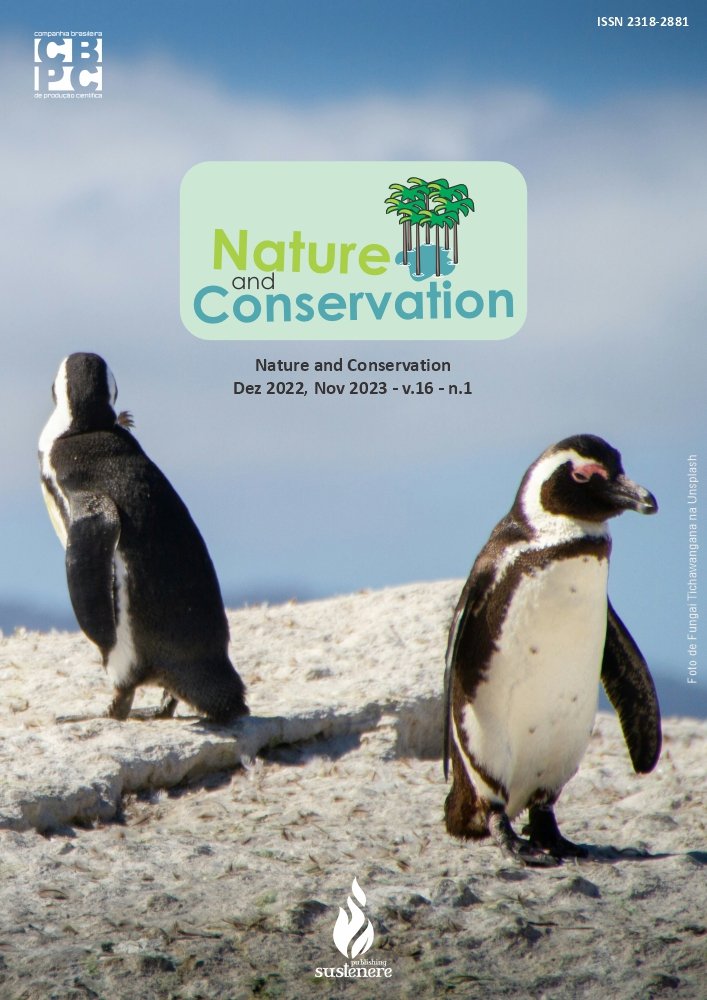Evaluation of the destination of biological sludge in strawberry cultivation with tebuconazole applications
DOI:
https://doi.org/10.6008/CBPC2179-6858.2021.011.0015Keywords:
Biodegradation, Biosolids, Experimental planning, FungicideAbstract
Strawberry cultivation is characterized by the indiscriminate use of pesticides, which can cause not only food contamination, but also the accumulation of waste in the environment and in man. Techniques that minimize residual concentrations in the products and environment are desired. The objective of this study was to evaluate the use of biological sludge in strawberry cultivation, its potential for degradation of the fungicide tebuconazole (TEB) in the soil, its influence on residual concentrations and its microbial activity in the soil. The experiment was performed using a central composite design (CCD) experimental design with 10 treatments, being: factorial (combinations of levels +1 and -1), central (level 0) and axial points (+1.41 and –1.41). Physicochemical and microbial analysis were performed in the soil and chromatographic analyzes were performed to detect TEB residues in soil and strawberry. The results showed that higher doses of TEB applied to the strawberry crop resulted in higher residual concentrations of this fungicide in the soil, but did not affect the residual contents in the fruit. The addition of biological sludge to the soil during strawberry cultivation resulted in greater activity of the microbial biomass, improving soil stability. The allocation of biological sludge to the soil during strawberry cultivation was adequate and resulted in improved soil microbial activity, which can provide environmental and economic benefits.
Downloads
Downloads
Published
Issue
Section
License
Copyright (c) 2021 Ibero-American Journal of Environmental Sciences

This work is licensed under a Creative Commons Attribution-NonCommercial-NoDerivatives 4.0 International License.
The CBPC - Companhia Brasileira de Produção Científica (Brazil CNPJ: 11.221.422/0001-03) the material rights of the published works. The rights relate to the publication of the work anywhere in the world, including rights to renewals, expansions and dissemination of the contribution, as well as other subsidiary rights. All electronically published works may subsequently be published in printed collections under the coordination of this company and / or its partners. The authors preserve the copyright, but are not allowed to publish the contribution in another medium, printed or digital, in Portuguese or in translation.









